The Best Companion Plants For Rapini
Rapini, also known as broccoli raab, is a cool-season vegetable that is related to broccoli. It has long, slender stalks with edible leaves and florets. Rapini is a versatile vegetable that can be eaten raw, cooked, or stir-fried. It has a slightly bitter taste that some people find appealing.
One of the best things about rapini is that it is a companion plant. This means that it can be planted near other vegetables to help repel pests and diseases, improve soil quality, and attract beneficial insects.
Here are some of the best companion plants for rapini:
- Tomatoes: Tomatoes and rapini are both heavy feeders, so they benefit from being planted together. Tomatoes help to suppress the growth of clubroot, a fungal disease that can be harmful to rapini.
- Onions: Onions release sulfuric compounds that help to repel pests, such as aphids and cabbage moths. These compounds also help to improve the flavor of rapini.

- Lettuce: Lettuce helps to suppress the growth of weeds, which can compete with rapini for nutrients and water. Lettuce also provides shade for the roots of rapini, which can help to prevent them from drying out.

- Chard: Chard is a nitrogen-fixing plant, which means that it can help to improve the nitrogen content of the soil. This is beneficial for rapini, as nitrogen is an essential nutrient for plant growth.
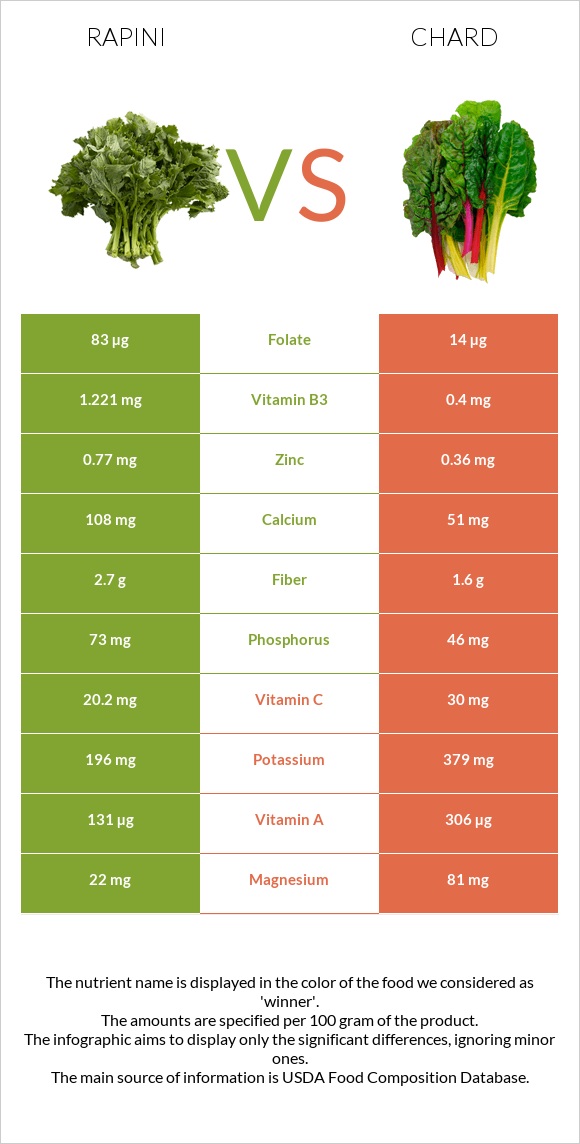
- Celery: Celery helps to repel pests, such as carrot rust flies. It also helps to improve the flavor of rapini.
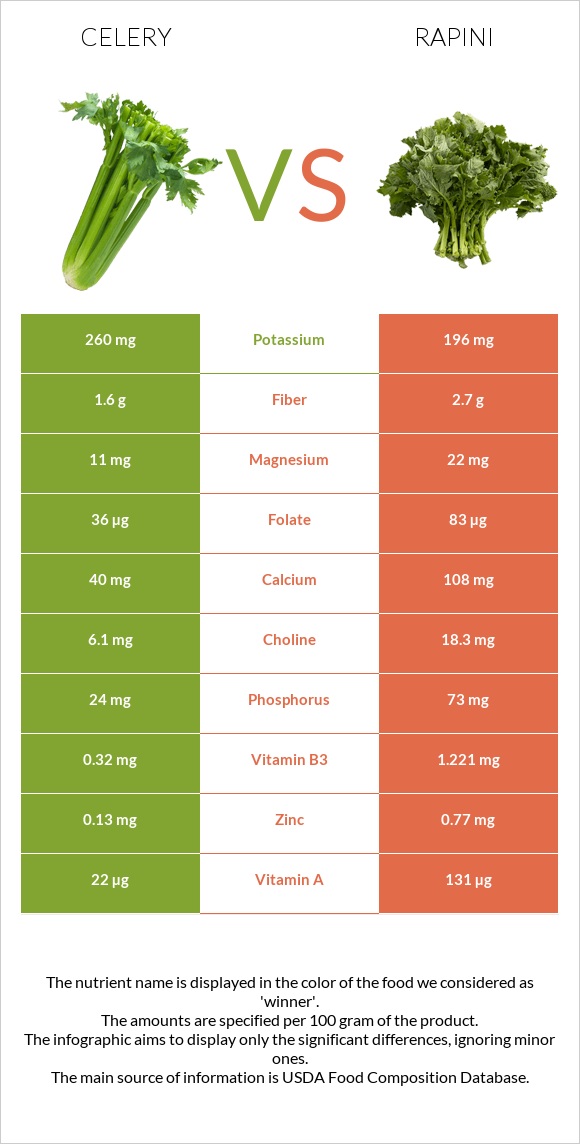
- Bush beans: Bush beans help to suppress the growth of soil-borne diseases, such as root rot. They also provide shade for the roots of rapini, which can help to prevent them from drying out.

- Potatoes: Potatoes help to suppress the growth of nematodes, which are microscopic worms that can damage the roots of rapini.

- Beets: Beets help to improve the drainage of the soil, which can help to prevent rapini from developing root rot. They also provide shade for the roots of rapini, which can help to prevent them from drying out.
- Carrots: Carrots help to suppress the growth of root-knot nematodes, which are microscopic worms that can damage the roots of rapini. They also provide shade for the roots of rapini, which can help to prevent them from drying out.
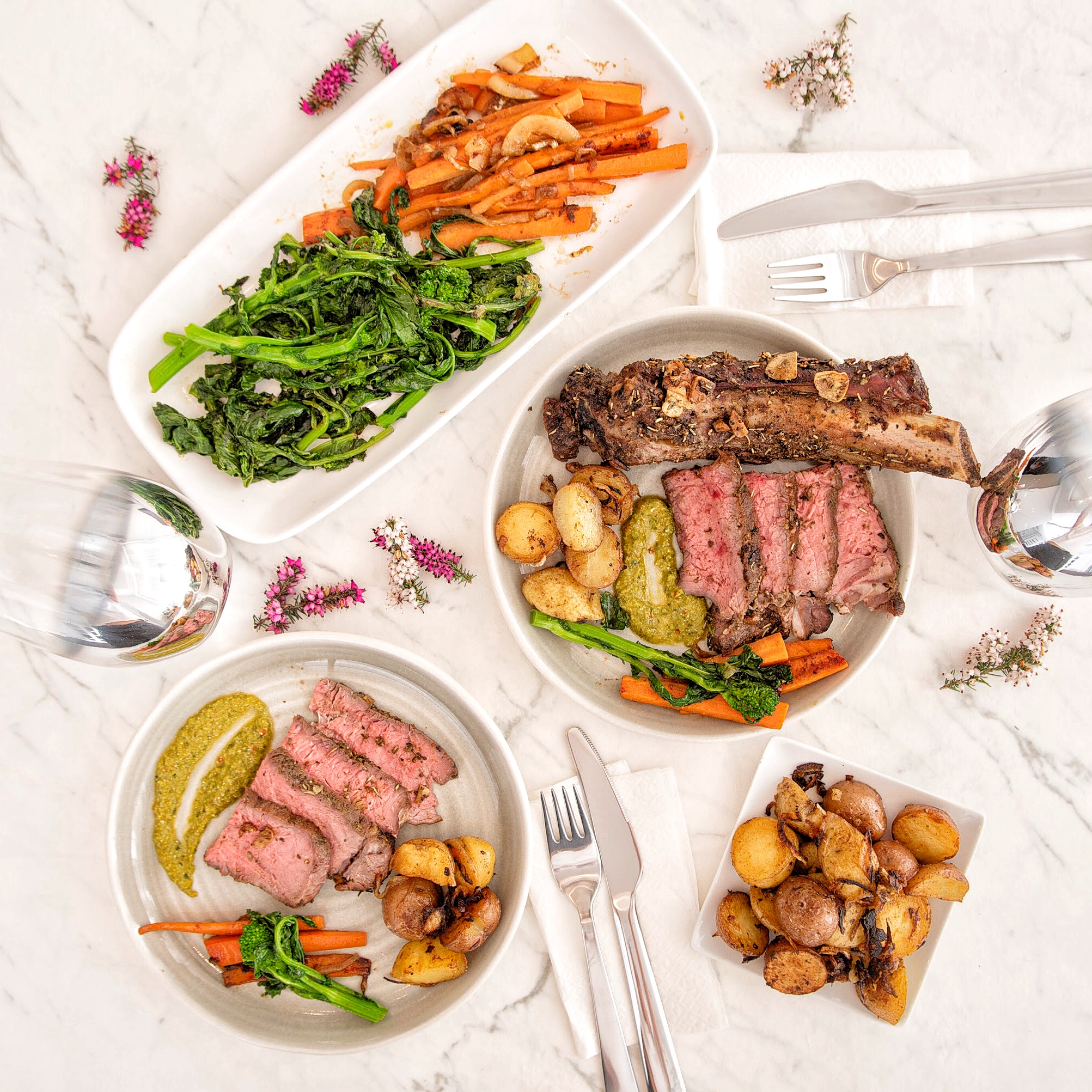
Rapini, also known as broccoli rabe, is a delicious and nutritious vegetable that can be grown in many different climates. When planning your rapini garden, it's important to consider companion planting. Companion planting is the practice of planting certain vegetables together in order to benefit each other. Some good companion plants for rapini include tomatoes, cucumbers, onions, root vegetables, and spinach. These plants help to deter pests and diseases, improve soil quality, and attract beneficial insects.
For more information about rapini companion plants, I recommend visiting the website Gardenia Inspiration. This website has a wealth of information on companion planting, including a specific section on rapini. You'll find information on which plants are good companions for rapini, as well as tips on how to plant and care for your rapini crop.
FAQ of rapini companion plants
- What are the best companion plants for rapini?
Rapini is a relatively hardy vegetable that can be grown in a variety of conditions. However, there are a few companion plants that can help to improve its growth and deter pests. Some good companion plants for rapini include:
* Carrots: Carrots help to repel the pests that often target rapini, such as cabbage worms and aphids.
* Cucumbers: Cucumbers and rapini both benefit from the same type of soil conditions, so planting them together can help to improve the overall health of both plants.
* Lettuce: Lettuce can help to suppress weeds and improve the drainage of the soil, which can benefit rapini.
* Onions: Onions release sulfur compounds that can help to repel pests, such as root maggots and aphids.
* Peas: Peas help to fix nitrogen in the soil, which can benefit rapini and other plants in the garden.
- How far apart should rapini plants be planted?
Rapini plants should be planted about 12-18 inches apart. This will give them enough room to grow and spread their leaves.
- How long does it take rapini to grow?
Rapini plants will typically be ready to harvest in about 6-8 weeks after planting. However, the exact growing time may vary depending on the variety of rapini and the growing conditions.
- What is the best fertilizer for rapini?
Rapini does not require heavy fertilization, but it does appreciate a bit of a nutritional boost. A side-dressing of good-quality compost during the growing season can help to improve the plant's growth and yield. Rapini prefers soil with a pH above 6.0.
- What are some common pests and diseases that affect rapini?
Some common pests that can affect rapini include cabbage worms, aphids, and root maggots. Some common diseases that can affect rapini include black rot, clubroot, and downy mildew.
Image of rapini companion plants
Here are 5 images of rapini companion plants from Pinterest:
- Spinach: Spinach is a good companion plant for rapini because it helps to suppress weeds and improve the soil quality.
- Carrots: Carrots and rapini can be planted together because they have different root systems and will not compete for nutrients.
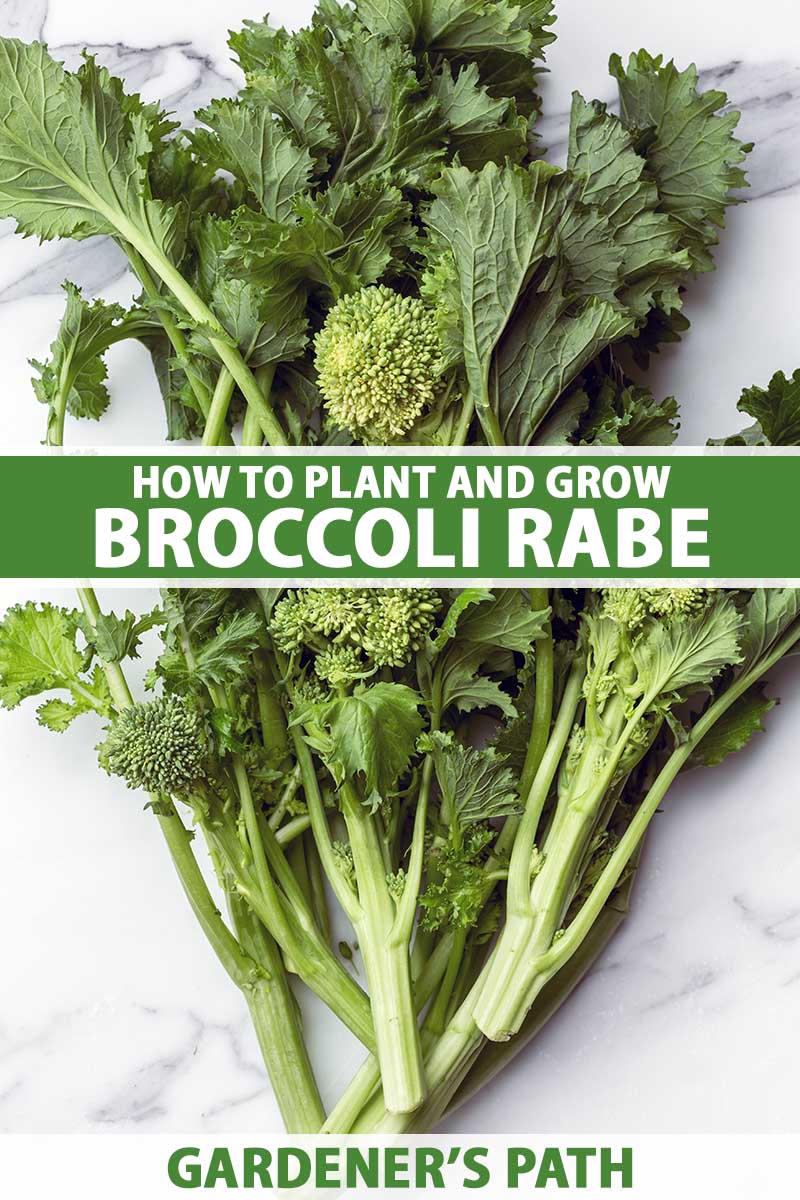
- Bush beans: Bush beans are another good companion plant for rapini because they help to fix nitrogen in the soil.

- Beet: Beets and rapini can be planted together because they have similar growing requirements and will not compete for space.

- Tomato: Tomatoes and rapini can be planted together because they have different pests and diseases.
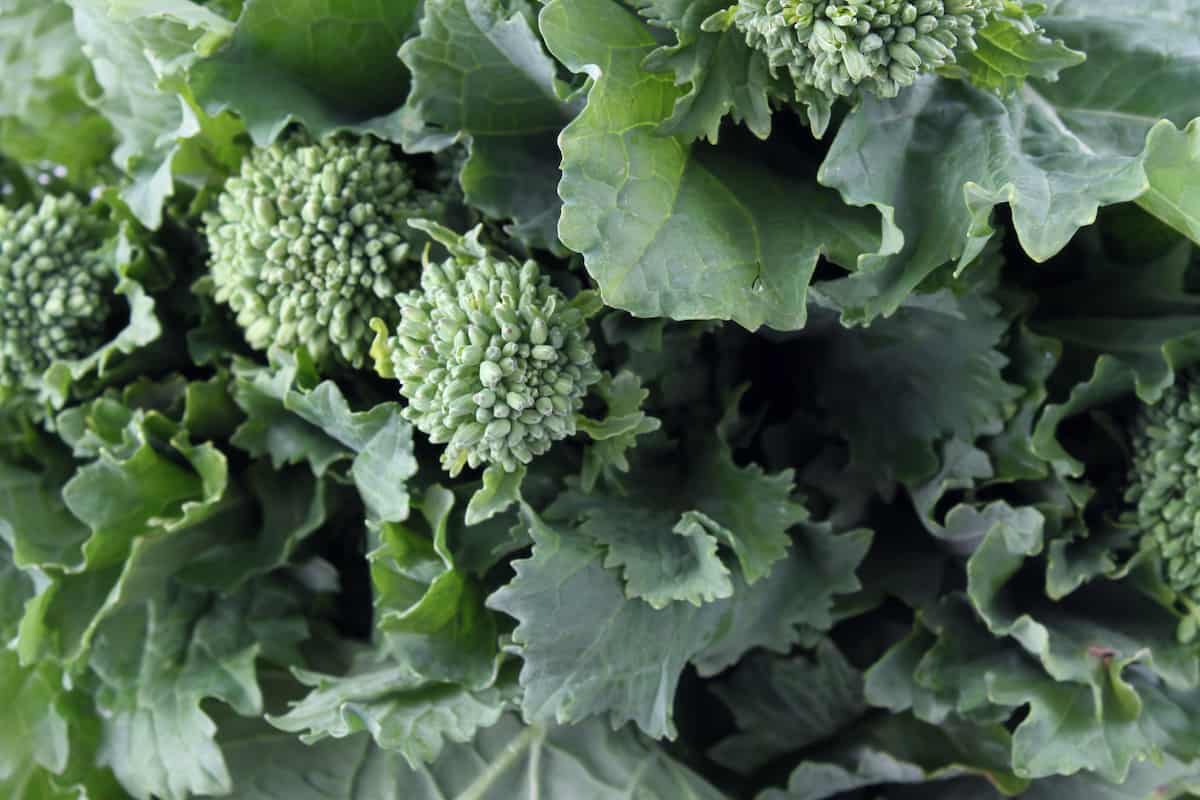

Post a Comment for "The Best Companion Plants For Rapini"